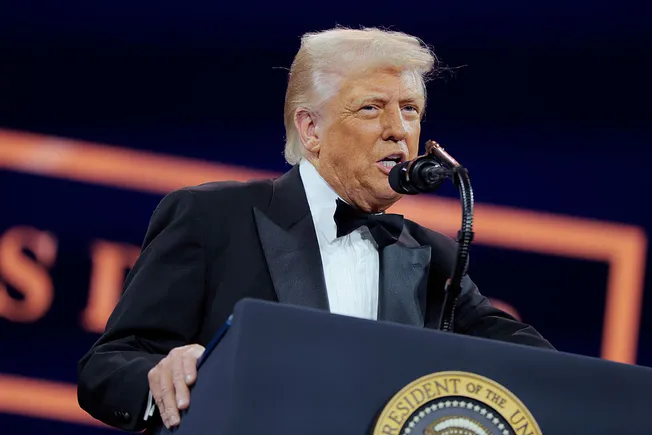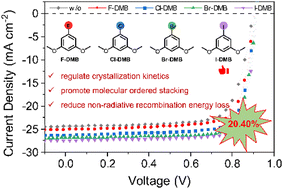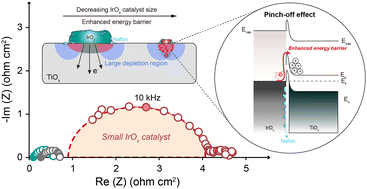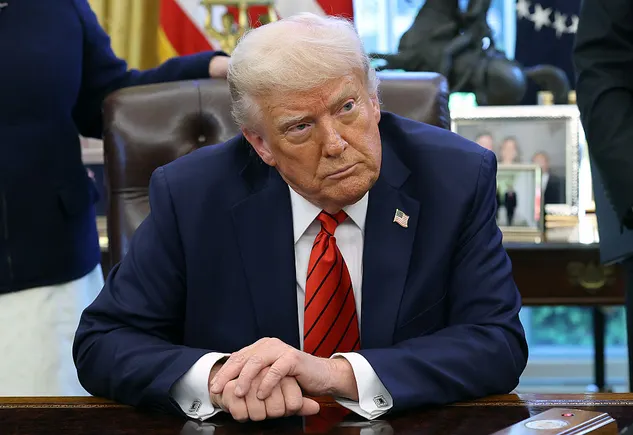U.S. and China Agree to Temporary Tariff Reductions Following Geneva Discussions
Today, May 12. 2025,the United States and China announced an agreement to reduce tariffs on each other’s goods for a limited period of 90 days. The outcome follows several days of technical discussions held in Geneva between senior economic officials from both countries. The agreement applies to tariff and non-tariff measures imposed in recent months […] The post U.S. and China Agree to Temporary Tariff Reductions Following Geneva Discussions appeared first on Logistics Viewpoints.
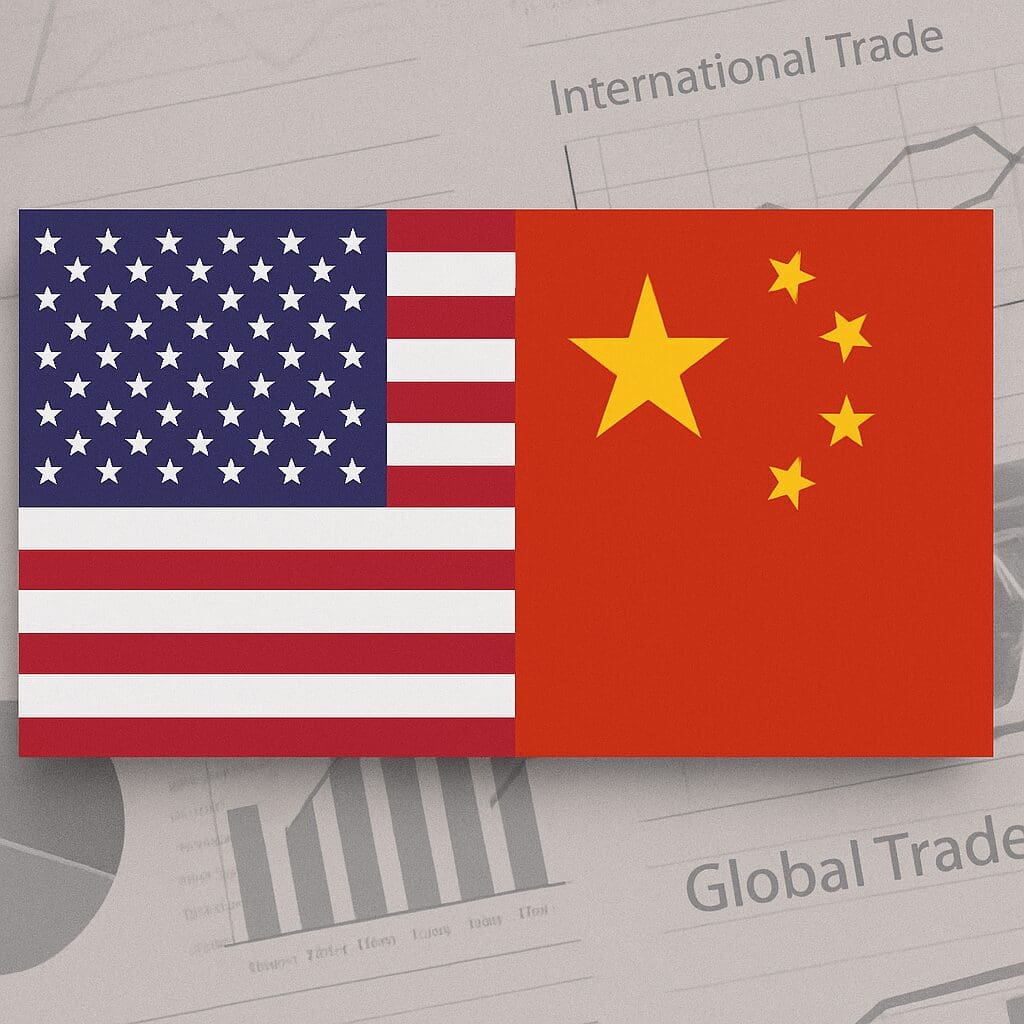
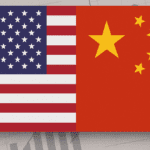
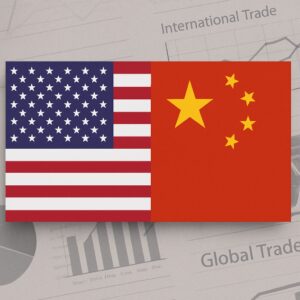 Today, May 12. 2025,the United States and China announced an agreement to reduce tariffs on each other’s goods for a limited period of 90 days. The outcome follows several days of technical discussions held in Geneva between senior economic officials from both countries. The agreement applies to tariff and non-tariff measures imposed in recent months and is intended to facilitate further dialogue.
Today, May 12. 2025,the United States and China announced an agreement to reduce tariffs on each other’s goods for a limited period of 90 days. The outcome follows several days of technical discussions held in Geneva between senior economic officials from both countries. The agreement applies to tariff and non-tariff measures imposed in recent months and is intended to facilitate further dialogue.
Summary of Measures
The joint statement outlines the following:
The United States will lower average tariffs on Chinese imports from 145% to 30%.
China will reduce its tariffs on U.S. goods from 125% to 10%.
Both countries have committed to not introducing new tariffs during the 90-day period.
China will suspend various non-tariff measures introduced in April 2025, including export restrictions on rare earth elements, regulatory investigations of selected U.S. firms, and use of its “unreliable entity list.”
These changes are scheduled to take effect on May 14, 2025.
The agreement follows an escalation in trade tensions earlier in 2025, when the United States implemented a 10% baseline tariff on all imports and additional tariffs targeting specific countries, including China. China responded with proportional tariffs and other administrative actions affecting U.S. businesses operating in or exporting to China.
These measures have contributed to adjustments in cross-border trade flows and affected planning in industries reliant on bilateral supply chains. In the U.S., companies accelerated shipments to avoid tariff increases, leading to short-term logistical bottlenecks. In China, a decline in exports to the U.S. and lower manufacturing activity were reported in the months preceding the talks.
Provisions for Further Negotiation
In addition to the temporary tariff reductions, the agreement establishes a working mechanism to continue technical consultations. Delegations will be led by:
- U.S. Treasury Secretary Scott Bessent
- U.S. Trade Representative Jamieson Greer
- Chinese Vice Premier He Lifeng
Meetings may be held in either country or in a third-party location, subject to mutual agreement. The working group will address broader issues including tariff policy, market access, non-tariff barriers, state subsidies, and intellectual property rights.
No additional timeline or schedule has been released for subsequent rounds of discussion.
Implications for Businesses
For companies engaged in trade between the United States and China, the temporary tariff reduction may lower short-term costs associated with imported goods in several sectors, including manufacturing inputs, electronics, consumer products, and machinery. However, as the policy is limited to a 90-day term, planning should remain flexible and responsive to potential changes after the expiry period.
Suspension of China’s non-tariff actions may reduce compliance and enforcement risk for U.S. firms with operations in China. This includes easing restrictions that had affected procurement, licensing, and customs processing. The status of these measures beyond the 90-day term has not been clarified.
There is no change to the U.S. tariffs on fentanyl-related products, which were introduced earlier in 2025 and remain in effect.
Policy Considerations
U.S. officials have described the outcome as a practical step to reduce near-term trade friction. The administration has not indicated any intention to reverse its broader tariff strategy. Likewise, Chinese authorities characterized the outcome as a procedural step toward stabilizing bilateral trade but have not indicated policy shifts in industrial or trade regulation frameworks.
Both sides stated that the objective of the 90-day reduction is to create a basis for further technical engagement. The agreement does not include commitments to permanent tariff levels, nor does it address underlying structural issues that contributed to earlier disputes.
Conclusion
The May 12 agreement introduces a temporary, reciprocal reduction in tariffs and a pause in selected enforcement actions. It represents a limited, time-bound policy adjustment intended to support further discussions between the United States and China on trade-related matters. Companies participating in bilateral trade should evaluate the operational benefits within the defined period and prepare for possible changes once the agreement expires.
The post U.S. and China Agree to Temporary Tariff Reductions Following Geneva Discussions appeared first on Logistics Viewpoints.






































































